“Gum disease is dangerous.” “Gum disease is very common.” “Make sure to floss every day to prevent gum disease.” You’ve probably heard a lot about gum disease, but you probably don’t have it… right?
The condition is actually prevalent, but many people are unaware of it because the early symptoms are often subtle. But gum disease is also genuinely dangerous if left untreated, jeopardizing your teeth, jaw, and even your systemic health. The team at Park Hill Dental wants to equip you to catch gingivitis early on, so check out some of the sneaky signs it’s time to see our dentist in Shavano Park for periodontic care.
What Is Gum Disease?
Gum disease, also known as periodontal disease, is an infection of the tissues that hold your teeth in place. It’s often caused by poor brushing and flossing habits that allow plaque—a sticky film of bacteria—to build up on the teeth and harden. In advanced stages, gum disease can lead to sore, bleeding gums, painful chewing problems, and even tooth loss.
The earliest stage is known as gingivitis, while the latter stage is referred to as periodontitis. The American Dental Association (ADA) reports that about 42% of Americans aged 30 or older have the more serious form of the disease. That means it’s sneaked up on a lot of people!
Sneaky Sign #1: Bleeding Gums
One of the most common, yet overlooked, signs of gum disease is bleeding gums. You may have noticed a bit of blood when brushing or flossing your teeth, but you’ve likely dismissed it as a normal part of the process.
In fact, bleeding when brushing or flossing isn’t normal. It’s actually a literal red flag. Healthy gums don’t bleed with routine care. If you notice pink in the sink, please check with our dentist in Shavano Park.
Sneaky Sign #2: Persistent Bad Breath or Taste
Everyone experiences bad breath occasionally. A garlicky pasta or bowl of kimchi fried rice could be a culprit, for instance. However, if you consistently experience halitosis or an unpleasant taste in your mouth, despite using mints and mouthwash, it may be a sign of gum disease.
Bacteria in your mouth can produce toxins that cause an unpleasant odor and taste. Persistent bad breath might indicate that there’s more going on than just what you ate for lunch. At Park Hill Dental, our halitosis treatment is actually a gum treatment that can target the underlying cause of your bad breath.
Sneaky Sign #3: Long Teeth
A big smile is excellent, but not if your smile is bigger than it used to be. If your teeth appear longer, or you notice more of your tooth is exposed, your gums might actually be pulling away from your teeth.
This is called gum recession, and it’s a hallmark sign of gum disease. Gum recession can be part of a vicious cycle. Bacteria below your gums cause them to pull away from teeth. This can create pockets where more bacteria can accumulate, worsening your gum issues. Our dentist in Shavano Park can help stop this cycle.
Sneaky Sign #4: Changes in Tooth Position
If you notice that your bite feels different or that gaps are forming between your teeth, it’s not just part of growing older. It might be a sign of gum disease.
As the disease progresses, it can affect the bone that supports your teeth, causing them to shift. This is why regular dental checkups are essential, as our team can notice these changes early on. If necessary, we can work to repair bone loss with a bone grafting procedure.
Sneaky Sign #5: Swollen or Tender Gums
Healthy gums should be firm and a pale pink color. If you find that your gums are swollen, tender, or red, it might be a sign of infection. After all, that would be a sign of infection anywhere else on the body; your gums are no different.
Swollen gums are often a response to bacterial buildup along the gum line and should be evaluated by our dentist in Shavano Park. We can tackle it with at-home care tips or a scaling and root planing treatment.
Stop Gum Disease Before It Starts
- Brush and Floss Regularly: Brushing twice a day and flossing daily helps remove plaque. Make sure to use a soft-bristle toothbrush and fluoride toothpaste.
- Use Mouthwash: An antimicrobial mouthwash can help reduce plaque and bacteria in your mouth. Use it as a supplement to brushing and flossing, not a replacement.
- Regular Dental Checkups: Visiting our dentist regularly for cleanings and checkups to help catch gum disease early. We can remove tartar that at-home care can’t reach.
- Quit Smoking: Smoking is strongly associated with the onset of gum disease. Quitting can significantly improve your oral health and reduce your risk of oral health issues.
Don’t Wait for Bigger Red Flags
Gum disease doesn’t resolve on its own, so if you notice even the most subtle signs that something’s off, book a visit to Park Hill Dental. Our dentist in Shavano Park can help halt the disease’s progression and even take steps to prevent it from returning. Reach out to get help arming you against this sneaky saboteur.

